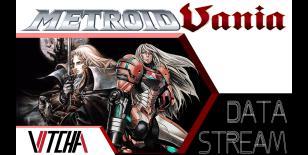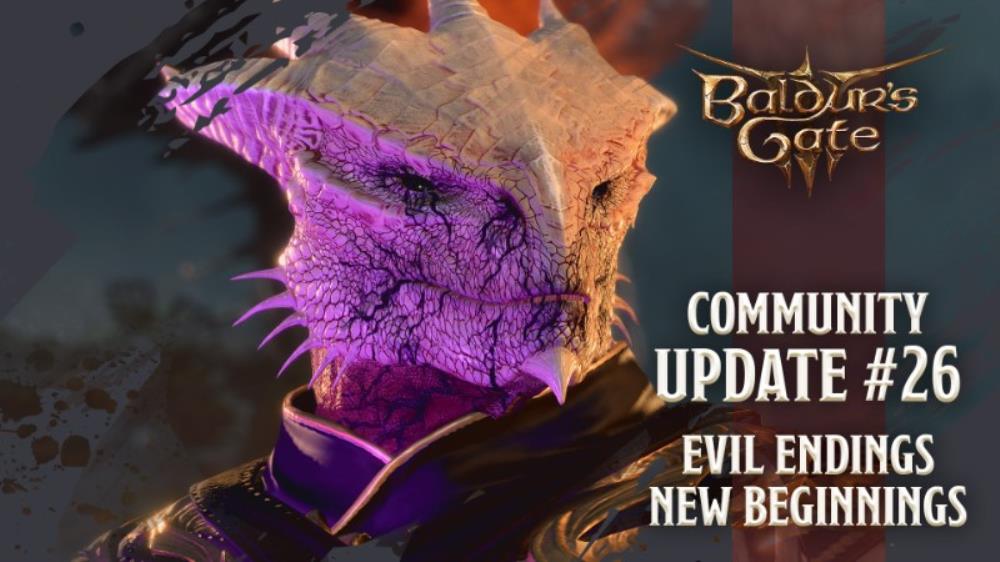
What is Metroidvania and why is it so important?
Well, let me tell you a story; a story of two of gaming’s most beloved franchises: one called Castlevania, the other called Metroid. Their titles were combine to give a voice to the way the Castlevania franchise adopted Metroid’s characteristics. And, for a time, that’s all the term Metroidvania was – a way to describe the fusion of these two names, to say “HEY, that’s a Castlevania game similar to Metroid” – but over time, Metroidvania would change into something more. As the years passed by, gamers from all across the land felt this gameplay style was so impactful to gaming that it needed its own unique term to stand as a genre of its own.
And that’s exactly what it did.
So, what is this crazy subgenre; where’d it come from and what’s it mean?
The Metroidvania genre is indicative of non-linear progression, vast exploration of environments, character upgrades required to progress and sometimes a dash of role-playing elements are thrown into the pot for good measure. Now, that might sound like I’m describing Metroid… and I am, but that’s not how it started. To really uncover the origin of Metroidvania we have to go a little bit further back than Metroid itself, because technically it really began with a plumber who happens to sport a badass mustache and eats mushrooms to… you know, get bigger.
Nintendo had unparalleled success with the brain children of legendary videogame developer Shigeru Miyamoto’s 2D side-scrolling platformer; Super Mario Brothers and the top-down adventure of The Legend of Zelda. With the extreme success and popularity of those two titles, the next logical step would be to unite the gameplay ideas of Mario and Zelda. And so, Metroid would become the culmination of the 2D platforming and side-scrolling elements of Mario integrated it with the exploration and non-linearity of Zelda. Thus, Metroid was born.
In Metroid, you play as Samus Aran – the iconic blonde heroine bounty hunter spliced with alien bird DNA who’s draped in sci-fi super armor, sort of like Jeff Goldblum in the Fly, but also sort of nothing like that at all. Samus explores the large planet Zebes in which different routes and elemental themes comprise the alien world; a world where specific passages might be blocked requiring Samus to return after acquiring a new ability or different armaments. Like the suit augmentation to morph into a little ball to fit through narrow, short passages or missiles necessary to open resilient doors. And similar to Link, Samus would also boost her hit points in the form of energy tanks in place of hearts. These gameplay tropes would lay the basic foundation for all Metroidvania games to come, but the term Metroidvania still wasn’t around yet even though the original Castlevania hit American shores the same year as Metroid.
And with good reason; Castlevania and Metroid were two really different games.
Castlevania of the NES era had unforgiving platforming, merciless boss fights, and a punishing amount of ground to cover from stage-to-stage with no sign of rest-pit in sight; it was basically the 1987 equivalent of Demon’s Soul.
Unlike Metroid, Castlevania had a linear, segmented level design and a time limit to stages; something that definitely doesn’t exemplify the idea of freedom and exploration. The main character, Simon Belmont, did have health points but a maximum HP was static throughout the game. Upgrades did come in the form of transforming a leather whip to a chain, but whip upgrades weren’t vital to exploration or required for progression.
Castlevania II: Simon’s Quest did break away from a segmented level design and timers, and it even added an inventory for items, but it still didn’t have all the elements required to be a Metroidvania. Castlevania III: Dracula’s Curse took a step back to embrace the mechanics of the original; basically ignoring Simon’s Quest in the process. Super Castlevania IV, one of my favorite games of all time, really always felt like the most well-executed Castlevania game that embodies all the ideas the original and Dracula’s Curse were shooting for, and, well, it’s no coincidence... it was a re-make of the original.
But it wasn’t until three years after the release of Super Metroid, a decade after the original, that Castlevania wouldn’t only fully embrace the Metroid gameplay style, it would master it. The 1997 masterpiece Symphony of the Night took the ideas of the past, mixed it with Metroid and then smoothly incorporated it into Castlevania's mythos and gameplay.
As Alucard, the son of Dracula, the player battles through a huge non-linear map and gains new abilities to progress through new obstacles. And this wasn’t like the vegetarian, prius-driving, twinkling pussy vampires of today, okay. Alucard could use spells to absorb enemies’ souls, he could transform into a bat, a wolf, mist, a lawn mower probably. Alcard, like Samus, was simply a badass, Swiss-Army-knife-of-abilties character.
In addition to Castlevania fully adobpting the Metroid mentality, Symphony of the Night also fixed one of Metroid’s minor flaws – with huge exploration came a lot of enemy-killing with no pay off, and Symphony added an experience point, leveling, and loot system. For once the respawning enemies had a real purpose and became something more than a slight inconvenience. You wanted to kill them; you wanted to level up and get new gear. It took the idea of progression to the next level… as it were.
The term Metroidvania was coined shortly after Symphony of the Night’s magnificent entry into the Metroid-like genre. Beyond that, Metroid had been absent from the gaming scene for several years prior to Symphony of the Night, and would remain absent for a long time to follow. The Metroid franchise would miss the N64 console generation entirely, and from Super Metroid’s release in 94, to Metroid Fusion and Prime’s release in 2002; gamers wouldn’t arm the plasma cannon of Samus for eight years. And so people used the portmanteau term Metroidvania to not only draw an absent but associated link between the gameplay of Metroid and the new Castlevania, but it also helped fill a void in gamer’s hearts that longed to play a title in a similar vein as Metroid.
After this time is when games started to be labeled with the subgenre Metroidvania category; past and present. Regardless of the fact that some older games, like Blaster Master and Ys III, obviously fit the criteria when they were first released, it wasn’t until later that they became known as Metroidvania games. And many great titles of the future would fall into this categorization as well, like 2003’s Aria of Sorrow and 2004’s Cave Story; not forgetting 2009’s Shadow Complex and the upcoming Axiom Verge on the horizon.
The Metroidvania genre has had a stunning past and the future looks promising as well, it’s not going anywhere.
So, looking beyond the fact that some of the titles that are able to call themselves a Metroidvania are some of the best games ever created, why is this genre and label so important?
The reasons behind Metroidvania’s significance are different today than it was in the past. Nowadays the adventure-platformer style is a good way for small teams to create deep and compelling games without a triple-A budget, which is extremely important. As consumers we need the so-called underdog developers to be able to create amazing gaming experiences, it’s just one more force that encourages all game designers to innovate and improve over the competition.
As for the reasons Metroidvania was so important in the past; well, it’s still relevant to modern games, but it was even more punctuated back-in-the-day. Metroidvanias had groundbreaking non-linear gameplay that encouraged adventure and exploration in a way that had never been seen before. What’s more, the gameplay style would go on to influence all of gaming for years to come; laying the foundation and essentially helping create some of the modern classics we know and love today that use similar gameplay ideas like Batman (Arkham franchise) and Dark Souls. It’s simply a brilliant gaming formula, one that has stood the test of time and will continue to endure.
The Metroidvania formula is like Valve’s revolutionary take on digital distribution and community through Steam, or Apple’s implementation of the mouse in addition to the keyboard for home computers; they’re not the end-all-be-all to the evolution of what is to come, but they have a spark of genius that has influenced and will continue to influence the future forever – that’s Metroidvania.
So there you have it, what are some of your favorite Metroidvania games? There’s a ton of them and I couldn’t name them all. What are the ones that really struck home with you, leave them in the comment section below.
Oh yeah, there’s also the term Castleroid which is interchangeable with Metroidvania, but fuck that stupid word; it sounds like a castle-size hemroid on someone’s medieval ass basket.

Hey gang, It’s been a whirlwind few months here at the Larian castle, attending some of the biggest awards ceremonies in our industry, and we are absolutely humbled by the recognition we’ve received from our players and our peers.
Publisher One or EIGHT and developer Team EARTH WARS will release physical standard and Deluxe editions of LOST EPIC for PlayStation 5 and Switch on August 8 in Japan, the companies announced.
Golf With Your Friends gets better again, with the introduction of a Critical Hit DLC pack and the launch of Speed Golf.
Great blog, it is very interesting how the term MetroidVania came about and I hope we see more games making use of its incredibly absorbing and fun gameplay mechanics.
Symphony of the night is probably my favourite of the MetroidVania genre, but I have enjoyed its successors as well.